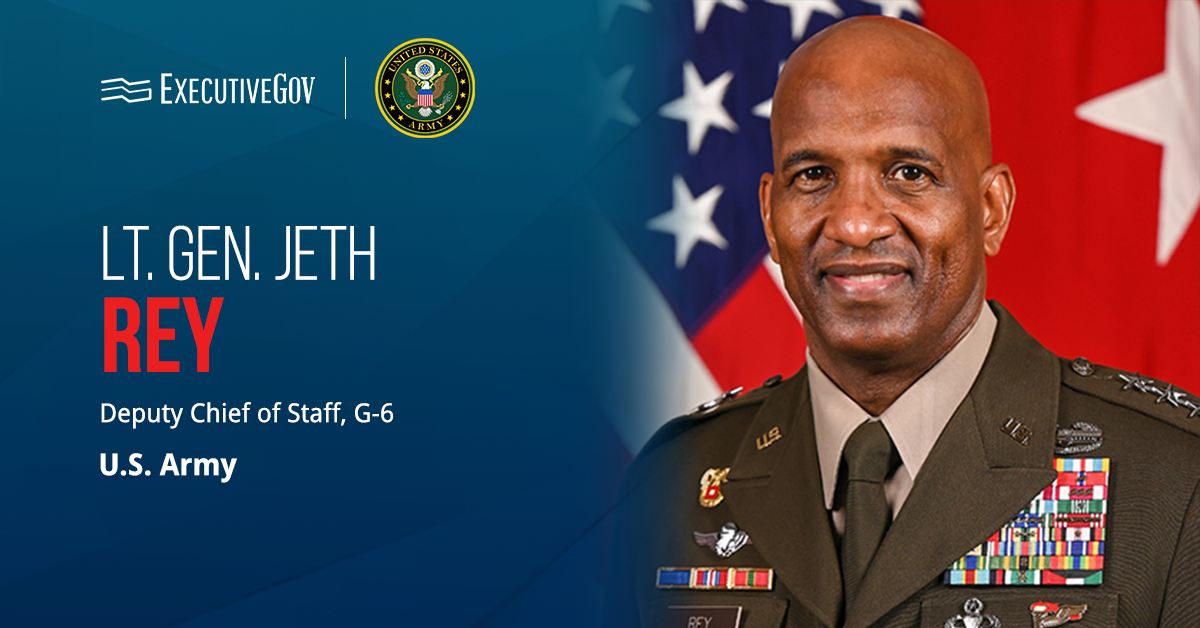The U.S. Army has released the second iteration of its Army Unified Network Plan, or AUNP.
In a LinkedIn post published Tuesday, the military branch said AUNP 2.0 will focus on the plan’s second and third phases: operationalizing and modernizing the unified network.
Published in 2021, the first AUNP focused on “unifying the network,” providing a roadmap for converging the service’s tactical and enterprise networks across common systems, standards and security to boost integration and reduce complexity across the force.
“AUNP 2.0 is new guidance on how the warfighter actually approaches, accelerates and operationalizes the unified network across the board,” said Lt. Gen. Jeth Rey, the Army’s deputy chief of staff, G-6.
“It’s going to enable multi-domain operations and chart the roadmap of where we’re going for the unified network by 2027. It also talks about the critical enablers required to achieve a multi-domain operational Army by 2030,” Rey added.
Table of Contents
5 Lines of Effort
AUNP 2.0 prepares the military for data centricity through the integration of zero trust principles and retains the five lines of effort critical to shaping the future Army: establish the unified network; posture the force to support multidomain operations, or MDO; security and survivability based on zero trust principles; transform the Army’s unified network investments, policy and governance; and continuously improve the unified network.
Key AUNP 2.0 Principles
The second version of the AUNP 2.0 framework covers key principles, including integrating zero trust and data centricity; eliminating IT complexity at the edge; centralizing IT service delivery and resourcing; and establishing and employing common standards, processes and systems.
Other principles are driving warfighter priorities for command and control in support of MDO and denied, disrupted, intermittent and limited bandwidth, or DDIL, environments; enabling faster, secure data-sharing with partners, allies and across security domains; and developing concepts of operation and validated operational requirements at echelon.
Operationalize the Unified Network, 2024-2026
According to the document, Phase II kicked off in fiscal year 2024, focusing on modernization initiatives to maximize the centralized delivery of services and access to the unified network.
Primary efforts include completing the operations construct for the Army’s portion of the Department of Defense Information Network; modernizing and implementing the branch’s hybrid compute capability in support of tactical formations in DDIL environments; establishing a persistent Mission Partner Environment and associated funding strategy; and optimizing the service’s network capability to enable data-centric warfighting.
Continuously Modernize the Unified Network, 2027 & Beyond
Phase III starts with a unified network based on zero trust postured to back MDO.
Key efforts in this phase include the full implementation of a holistic approach to modernize the unified network over time, final integration of zero trust architecture and continued integration with the joint or coalition force and mission partners.
According to the plan, several emerging technologies shape this phase, including data-centric data management platforms, robotics and autonomous operations, and quantum-resistant encryption and technologies.





